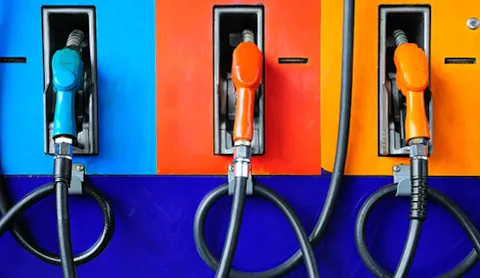To receive the download link to our paper via email, please fill in this form
The shipping industry is under increasing pressure to act upon the Paris Agreement and reduce greenhouse gas (GHG) emissions. The substantial emission reductions which must be achieved over the next decades are expected to drive technology development and, in particular, the introduction of lowcarbon fuels. Furthermore, authorities are increasingly paying attention to the consequences of hazardous NOX, SOX and particle emissions at the local level. Around the world, air pollution is causing serious health problems and premature death, and local air pollution will be subject to tougher regulations over the coming years.
Reducing emissions to air and introducing new propulsion technologies are key challenges for the worldwide transport sector, including shipping. The world’s future fleet will have to rely on a broader range of fuels, propulsion solutions and energy efficiency measures.
All alternative fuel options have benefits and challenges. This guidance paper provides an introduction to alternative fuels and technology solutions. It includes an overview of selected alternative ship fuels – LNG, LPG, methanol, biofuel and hydrogen – as well as emerging technologies such as batteries, fuel cell systems and wind-assisted propulsion. Ammonia – especially when produced using hydrogen from renewable sources – has entered the debate as an additional potential future fuel and will be discussed in greater detail in future DNV publications, including potential follow-up editions of this document.
The objective of this guidance paper is to provide decision support for investments in ships over the coming 5 to 10-year period. The paper focuses on technical parameters and limitations without accounting for local market conditions, considerations and incentive schemes which may have a significant impact on competitiveness and the uptake of alternative fuels and technologies.
